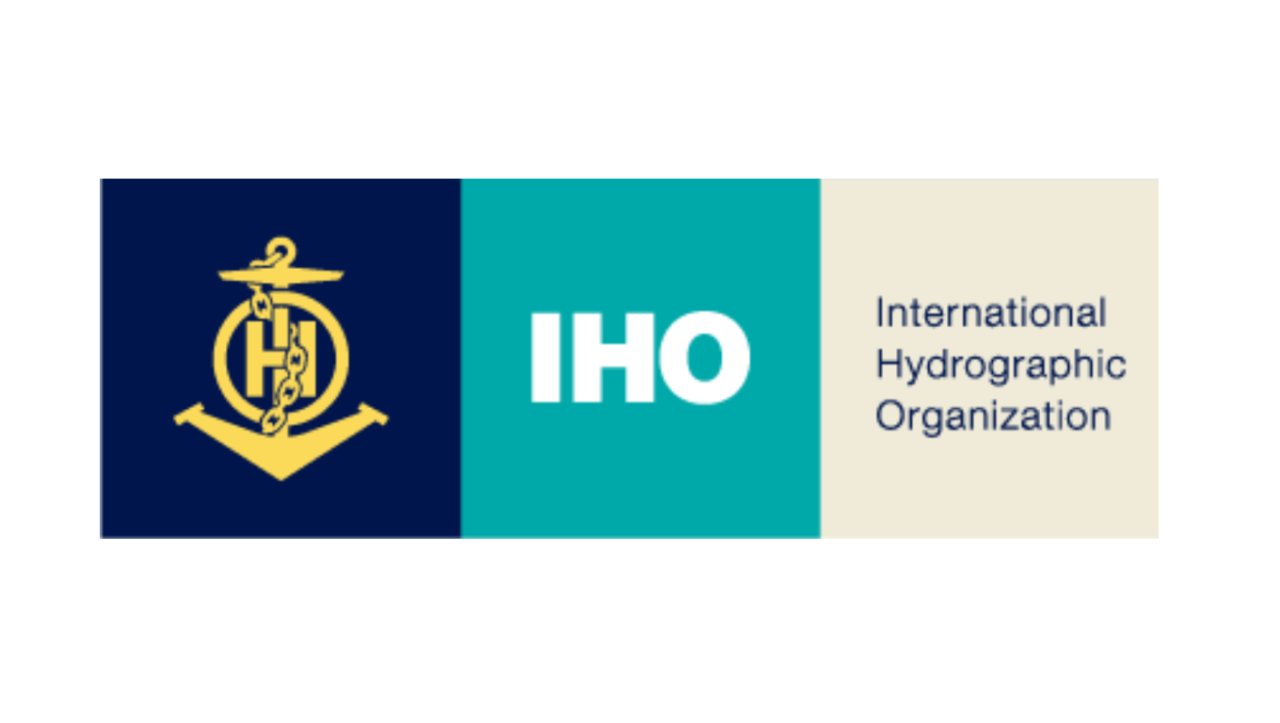[Newsmaker] IHO to identify seas with numerical codes amid East Sea naming dispute
By Ahn Sung-miPublished : Nov. 17, 2020 - 16:31

The International Hydrographic Organization has reached a consensus to adopt a new way of identifying seas by number, rather than by name, a move that could put an end to the long-standing dispute between Seoul and Tokyo over what the body of water between two countries should be called, the Foreign Ministry said Tuesday.
During a virtual General Assembly of the international organization on maritime data on Monday, the 65 member states agreed to revise the existing standard for a world map of water known as the “Limits of Oceans and Seas,” dubbed “S-23,” to a new digital standard called “S-130.”
Under the change, the global sea areas will be identified with unique numerical identifiers instead of names.
The IHO’s decision is expected to be finalized Dec. 1, after member states review the draft of the discussion and after necessary consultations take place.
As to when the digitalized S-130 standard will be widely used, it is undecided at this time. “We have agreed to adopt a new system, but it’s hard to project when the development will be completed,” a ministry official said.
The S-23, which was first published in 1929 and has been used as a reference in producing ocean maps, identifies the disputed body of water between Korea and Japan as the Sea of Japan, as registered by Japan during its colonial rule of Korea, and not the East Sea, which Koreans have long called it.
Seoul has been putting forward diplomatic efforts to revise the outmoded guideline, saying the term East Sea has been used for more than 2,000 years, but the name hasn’t been widely recognized around the world due to the colonial past. Meanwhile, Japan insists that Sea of Japan is the only name that has been established internationally, with no need or reason for changing it.
As a compromise, Seoul has campaigned for dual usage of the terms East Sea and Sea of Japan since 1997. As Seoul and Tokyo failed to reach an agreement, IHO Secretary-General Mathias Jonas proposed the “system of unique numerical identifiers.”
Over the years, there have been efforts to change the S-23, of which the latest third edition was last revised in 1953, but discord between the two countries thwarted the revision efforts.
Meanwhile, the IHO will keep S-23 available in print, but not as a valid standard, in order to show how the marking of the boundaries of waters has changed over the years, the ministry explained.
But Tokyo gave a different interpretation on the IHO’s decision, with Japanese media outlets calling it a Japan victory as the naming of the Sea of Japan will remain on paper.
The ministry dismissed the reports as “distorted,” stressing the IHO will no longer use S-23 as the standard guideline, but will remain as published.
By Ahn Sung-mi (sahn@heraldcorp.com)












![[Today’s K-pop] BTS pop-up event to come to Seoul](http://res.heraldm.com/phpwas/restmb_idxmake.php?idx=644&simg=/content/image/2024/04/17/20240417050734_0.jpg&u=)





![[KH Explains] Hyundai's full hybrid edge to pay off amid slow transition to pure EVs](http://res.heraldm.com/phpwas/restmb_idxmake.php?idx=652&simg=/content/image/2024/04/18/20240418050645_0.jpg&u=20240418181020)

![[Today’s K-pop] Zico drops snippet of collaboration with Jennie](http://res.heraldm.com/phpwas/restmb_idxmake.php?idx=642&simg=/content/image/2024/04/18/20240418050702_0.jpg&u=)